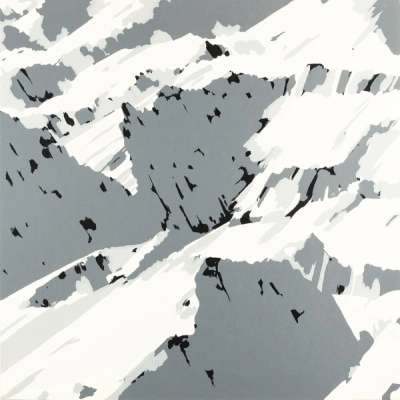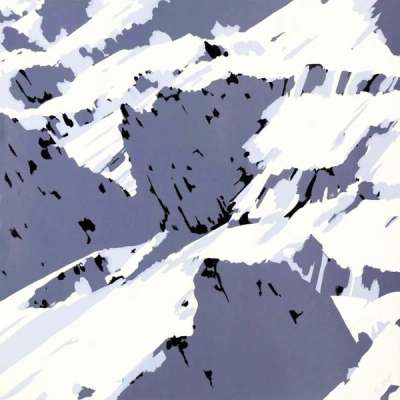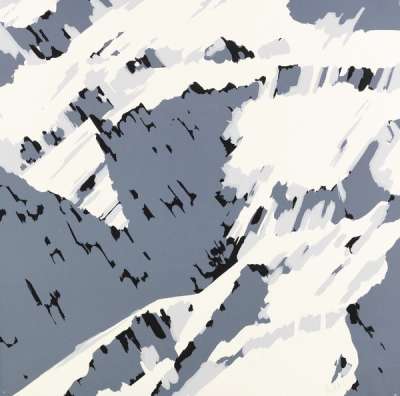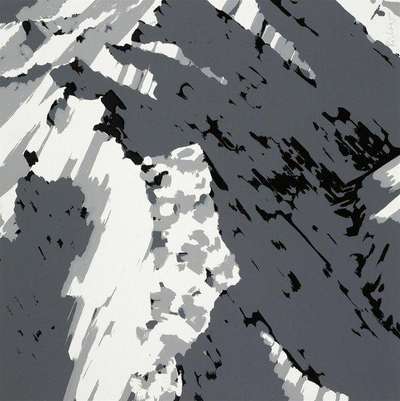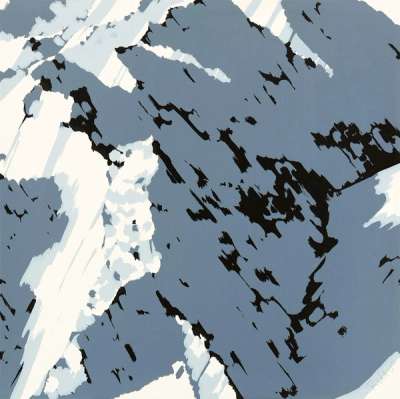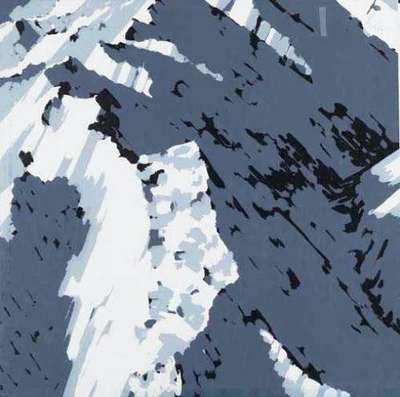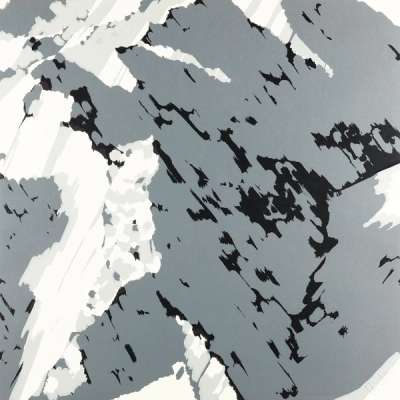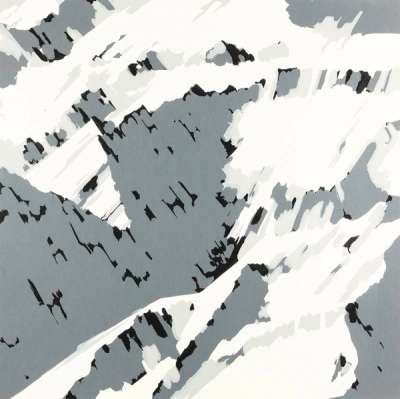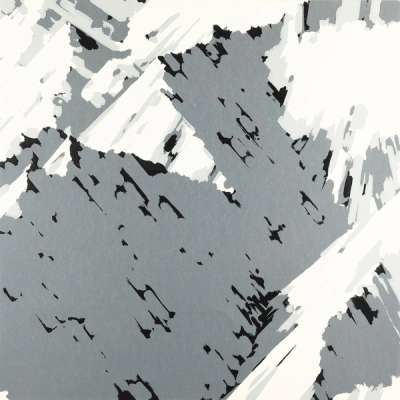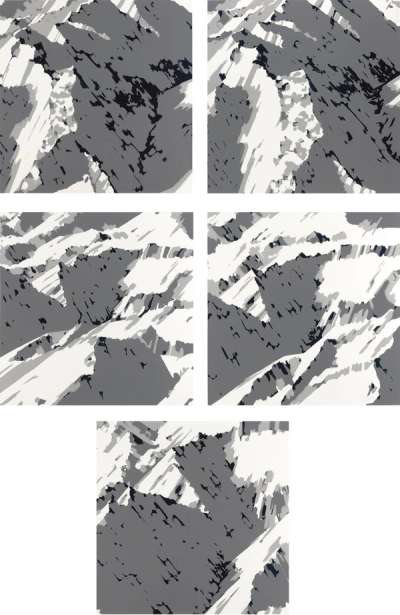
Schweizer Alpen II - A2

Schweizer Alpen II - A2
Signed Print
Gerhard Richter
£16,000-£23,000Value Indicator
$35,000-$50,000 Value Indicator
$29,000-$40,000 Value Indicator
¥150,000-¥220,000 Value Indicator
€19,000-€27,000 Value Indicator
$160,000-$240,000 Value Indicator
¥3,030,000-¥4,350,000 Value Indicator
$21,000-$30,000 Value Indicator
AAGR (5 years) This estimate blends recent public auction records with our own private sale data and network demand.
There aren't enough data points on this work for a comprehensive result. Please speak to a specialist by making an enquiry.
Medium: Screenprint
Edition size: 50
Year: 1969
Size: H 69cm x W 69cm
Signed: Yes
Format: Signed Print
TradingFloor
Track this artwork in realtime
Watch artwork, manage valuations, track your portfolio and return against your collection
Track auction value trend
Auction Results
| Auction Date | Auction House | Location | Hammer Price | Return to Seller | Buyer Paid |
|---|---|---|---|---|---|
| December 2017 | Karl & Faber | Germany | |||
| March 2016 | Lempertz, Cologne | Germany | |||
| December 2005 | Koller Zurich | Switzerland |
Meaning & Analysis
An unmistakable example of German artist Gerhard Richter’s work, Schweizer Alpen II - A2 is part of the Swiss Alps collection. Issued in an edition of 50 in 1969, the print is signed by the artist. A study depicting an aerial view of the Swiss Alps, the work indexes Richter’s interest in both abstraction and photography.
Bold, hard-edged and gestural, Schweizer Alpen II - A2 speaks to Richter’s prowess as a painter. Uniting abstraction with representation to dramatic effect, this print underscores the abstract nature of the natural world. Recalling works in the Canaries Landscapes collection, this print also makes use of the aerial view. Allowing for the depiction of a scene not unlike that visible from a plane window, or a viewpoint, the aerial point of vision is an important conceptual motif in Richter’s œuvre. Rare in previous art history, it is present in many other works, such as Schweizer Alpen I - B3 (1969) and Bridge 14 Feb 45 (III) (2000), and references Richter’s positioning at the interface between painting and photography.
A disquisition of the image that goes beyond the artist’s historical portraits (i.e. the iconic 48 Portraits (1972) series that won Richter international acclaim at the Venice Biennale), the aerial view signals the presence of photographic technology within the field of an otherwise painterly creation. Hinting at the importance of the camera lens in contemporary art, Richter brings the present into productive contact with the past, using it to invoke German Romantic painting and Caspar David Friedrich.
